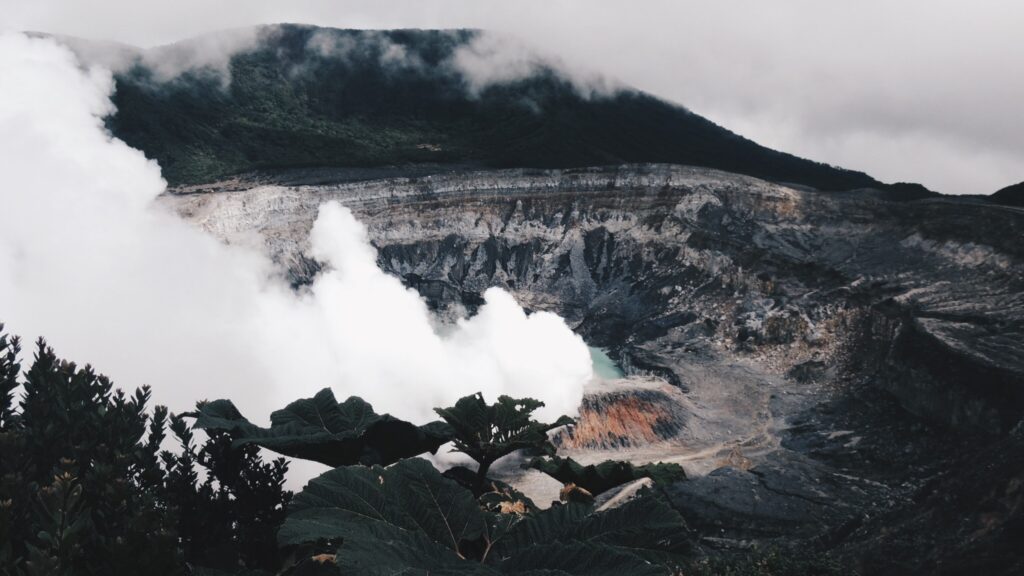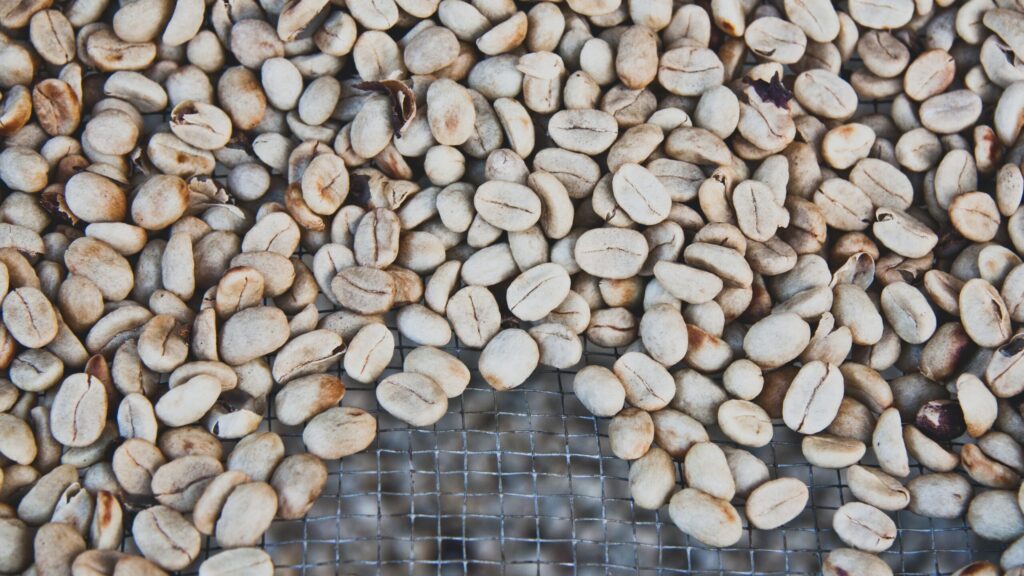Costa Rican coffee is steeped in tradition. Costa Rican people care deeply for every step of its production process, from selecting the beans to serving the drink and accompanying it at the table.
Recognized with a Protected Designation of Origin (PDO), Costa Rican coffee has a 200-year-plus history. The first coffee beans arrived in the Antilles between 1776 and 1820, as officially recognized in the National Archive of Costa Rica. The first coffee grower in the country was Father Félix Velarde, who distributed beans among his neighbors, aiming for them to plant the seeds.
Costa Rica celebrated its independence in 1821. The first two heads of state, Juan Mora Fernández and Braulio Carrillo, saw the economic potential of developing a coffee industry in the newborn nation and supported it. Mariano Montealegre, Costa Rica’s first diplomat and vice head of state, was the leading promoter of coffee cultivation from 1830 to 1840. Costa Rica was exporting coffee to Chile as early as 1831 for Europeans’ consumption, as the product was then sent to London.
The efforts of the government and farmers paid off. Very soon, coffee became one of the main engines of Costa Rica’s economy. The coffee industry helped bring about many benefits to Costa Rica, including the Official Agricultural Policy; the first printing press; land titling for coffee; the issuance of currency; postal services, roads, universities and hospitals; the railroad to the Atlantic, and the modernization in the capital, San Jose.
Today, Costa Rica ranks as the 13th-largest producer of coffee in the world, creating about 1.5 million bags yearly, Anywhere Costa Rica reports. Roughly 90 percent of that coffee is exported, with the resulting revenue accounting for about 11 percent of Costa Rica’s export earnings.
Costa Rica grows two varieties of coffee – Robusta and Arabica.
Since the Robusta coffee is of a lower quality, the government forbade planting it in 1989. But In 2018, that prohibition was partially rolled back, allowing this variety to be planted in select places where Arabica did not grow.
With over 200 volcanic formations, Costa Rica’s soil has little acidity, which makes it ideal for coffee production. There are eight production regions in the country: Brunca, Turrialba, Tres Ríos, Orosi, Tarrazá, Central and Western Valleys and Guanacaste. Each area’s coffee is different; the lowlands produce light coffee, while the highlands’ beans are strong and aromatic.

Farmers’ efforts to grow quality coffee were further enhanced in 1933, with the creation of the Coffee Institute of Costa Rica.
“Perhaps what makes Costa Rican coffee so famous is its cultivation process, in which altitude and weather play a role,� said Alfredo Vargas, a coffee producer in the state of Veracruz, Mexico. “All producers must meet the quality standards required for certifications.�

Costa Rican farmers harvest their coffee manually, which allows them to pick only the ripe cherries. Once they remove the pulp, they sort and clean the beans.
“There is a rule that Ticos [the people from Costa Rica] know well,” said Vargas. It is that buyers “receive the coffee from the producers and measure it. This process goes hand in hand with a semi-quality control that happens right after the harvest.”
Costa Ricans are so proud of their coffee that since 2007, they have been holding tasting competitions to choose the country’s top 10 brews. In addition, the nation’s grinds are often singled out for praise on such sites such as Roasty Coffee.
(Translated and edited by Gabriela Olmos. Edited by Matthew B. Hall)
The post What A Grind: Coffee’s Robust Role In Costa Rica’s Economy appeared first on Zenger News.
